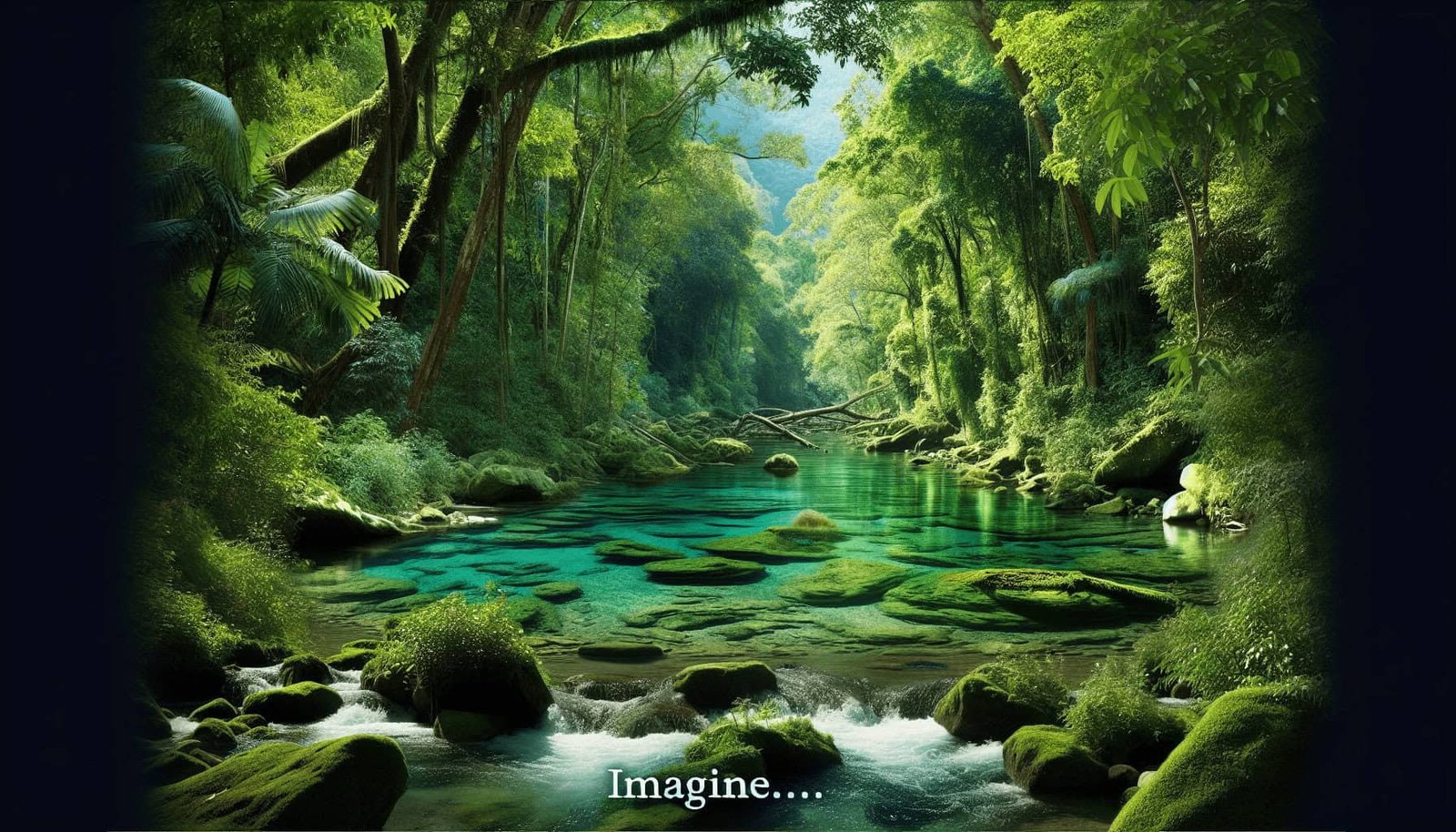Have you ever wondered where you can truly connect with nature while participating in responsible wildlife tourism? Many travelers seek experiences that provide not just an encounter with wildlife, but also a positive impact on the ecosystem and local communities. It’s a great way to merge your love for nature with mindful travel practices.
What Is Responsible Wildlife Tourism?
Before you start packing your bags, it’s important to understand what responsible wildlife tourism entails. This form of tourism is all about appreciating wildlife in their natural habitats while ensuring minimal disruption to local ecosystems. It also encompasses supporting local communities involved in wildlife conservation.
Key Components of Responsible Wildlife Tourism
- Sustainability: Practices that ensure the ecosystem is preserved for future generations.
- Local Involvement: Engaging and supporting local communities.
- Conservation Efforts: Actively contributing to wildlife preservation.
- Education: Understanding the behaviors and needs of the wildlife you are engaging with.
Why Opt for Hidden Locations?
Mainstream tourism hotspots often suffer from overcrowding, which can lead to habitat disruption and long-term ecological damage. Hidden locations, on the other hand, offer an opportunity to enjoy wildlife in a more intimate and less intrusive manner. These sites are often managed sustainably and promote more responsible tourism practices.

Africa’s Hidden Gems
Africa is a continent renowned for its biodiversity. While places like Serengeti and Kruger National Park are famous, there are numerous lesser-known sites that offer equally captivating wildlife experiences.
Nyungwe Forest National Park, Rwanda
Nyungwe Forest is a stunning destination for those who are passionate about primates. It’s less frequented than other African parks but offers an exceptional opportunity to see chimpanzees and colobus monkeys.
- Activities: Primate tracking, canopy walks, and bird watching.
- Conservation Efforts: The park employs locals as guides and rangers, helping to reduce poaching and promote sustainable tourism.
Tswalu Kalahari Reserve, South Africa
If you are fascinated by desert wildlife, Tswalu Kalahari Reserve offers an exclusive experience. This hidden gem is South Africa’s largest private game reserve and is dedicated to conservation and sustainable tourism.
- Activities: Safari drives, walking tours, and horseback safaris.
- Conservation Efforts: Tswalu focuses on the reintroduction of endangered species and employment for the local community.
South America’s Secret Spots
South America boasts an array of hidden locations perfect for engaging in responsible wildlife tourism. These regions provide intimate interactions with some of the planet’s most unique species.
Pantanal, Brazil
While the Amazon often steals the spotlight, the Pantanal offers one of the richest ecosystems on earth. This wetland is less crowded and provides an excellent opportunity for observing wildlife such as jaguars, capybaras, and giant otters.
- Activities: Guided boat tours, horseback riding, and night safaris.
- Conservation Efforts: Eco-lodges in the Pantanal emphasize sustainability by limiting resource use and supporting local communities.
Chiloe Island, Chile
Chiloe Island is a paradise for birdwatchers and marine life enthusiasts. Located off the coast of Chile, it offers a unique blend of wildlife experiences with relatively small tourist crowds.
- Activities: Birdwatching, whale watching, and guided nature walks.
- Conservation Efforts: Local initiatives focus on protecting penguin colonies and other endemic species, often employing local fishers to guide tours.

Asia’s Lesser-Known Sanctuaries
Asia has a plethora of off-the-beaten-path destinations where you can engage in responsible wildlife tourism. Here are a couple that stand out for their sustainable practices.
Bardia National Park, Nepal
While Chitwan National Park is widely visited, Bardia offers a more secluded experience. Home to Bengal tigers, wild elephants, and various deer species, this park is a wonderful destination for responsible wildlife enthusiasts.
- Activities: Jungle safaris, guided river tours, and bird watching.
- Conservation Efforts: Bardia engages local communities in anti-poaching activities and promotes eco-tourism through homestays and local guides.
Danum Valley, Malaysia
Hidden in the heart of Borneo, Danum Valley is a pristine rainforest that offers an incredible array of wildlife such as orangutans, pygmy elephants, and clouded leopards.
- Activities: Jungle treks, night safaris, and canopy walks.
- Conservation Efforts: Danum Valley employs sustainable tourism practices and is supported by research initiatives focused on rainforest ecology and species preservation.
Australia and Oceania’s Quiet Wonders
Australia and Oceania might seem like far corners of the world, but their hidden locations offer rewarding experiences for those committed to responsible wildlife tourism.
Kangaroo Island, Australia
While many visitors flock to the Great Barrier Reef, Kangaroo Island offers a more tranquil and intimate wildlife experience. It’s home to diverse species including kangaroos, koalas, and various marine animals.
- Activities: Wildlife spotting, guided tours, and beach walks.
- Conservation Efforts: Kangaroo Island has numerous conservation parks and initiatives that focus on habitat preservation and rehabilitation.
Taveuni Island, Fiji
Known as the “Garden Island,” Taveuni is a biodiversity hotspot. The island is a sanctuary for endemic species and offers fantastic opportunities for snorkeling and bird watching.
- Activities: Snorkeling, hiking, and bird watching.
- Conservation Efforts: Local conservation projects focus on preserving coral reefs and engaging communities in sustainable tourism practices.

North America’s Underrated Wildlife Havens
North America may be associated with urban landscapes, but it also has hidden wildlife treasures. These locations offer both responsible tourism opportunities and rich interactions with nature.
Kodiak Island, Alaska
While Alaska is famous for its glaciers and vast wilderness, Kodiak Island provides a less crowded alternative for wildlife watching. The island is particularly known for its brown bear population.
- Activities: Bear viewing, fishing, and guided nature tours.
- Conservation Efforts: Initiatives on Kodiak Island involve local tribes and aim to preserve both wildlife and cultural heritage.
Black Hills, South Dakota
Known for Mount Rushmore, the Black Hills also offer a secluded experience with diverse wildlife, including bison, mountain lions, and various bird species.
- Activities: Wildlife drives, hiking, and guided tours.
- Conservation Efforts: Local conservation organizations focus on habitat restoration and public education about wildlife.
Responsible Wildlife Tourism and You
Understanding how you can be a responsible tourist is just as crucial as knowing where to go. Here are some key tips to ensure your wildlife tourism experiences are beneficial for the environment and local communities.
Do Your Research
- Choose Certified Operators: Look for eco-certifications and read reviews.
- Sustainable Practices: Opt for accommodations and tours that emphasize sustainability.
Respect Wildlife
- Maintain Distance: Observe animals from a safe and respectful distance.
- Avoid Feeding: Feeding wildlife can disrupt their natural behaviors and diets.
Support Local Communities
- Buy Local: Support local businesses and artisans.
- Employ Local Guides: This ensures that your money contributes to the local economy and supports conservation efforts.

Benefits of Responsible Wildlife Tourism
Engaging in responsible wildlife tourism isn’t just about ethics; it also offers numerous benefits.
For the Environment
- Habitat Conservation: Reduced ecological footprint and preserved habitats.
- Biodiversity: Supports conservation efforts for endangered species.
For Local Communities
- Economic Growth: Generates income for local communities.
- Cultural Exchange: Fosters understanding and respect between tourists and local people.
For You
- Enriching Experiences: A deeper connection with nature and local cultures.
- Educational Opportunities: Gain insights into conservation and wildlife behaviors.
Learning from Responsible Wildlife Tourism
Understanding and practicing responsible wildlife tourism helps you become a more conscientious traveler. Here’s a quick recap for easy reference:
| Element | Responsible Practice |
|---|---|
| Sustainability | Eco-friendly practices, minimal resource use. |
| Local Involvement | Employing local guides, supporting local businesses. |
| Conservation Efforts | Participating in or supporting conservation projects. |
| Education | Learning about wildlife behaviors and needs. |
Conclusion
By choosing hidden locations for your wildlife tourism experiences, you not only enjoy a more intimate connection with nature but also contribute to the sustainability of these precious ecosystems. Whether it’s the jungles of Rwanda, the wetlands of Brazil, or the forests of Malaysia, these hidden gems offer invaluable opportunities to engage in responsible wildlife tourism. So next time you’re planning a wildlife adventure, consider these lesser-known yet incredibly rewarding destinations. Your choices can make a difference.
What are the hidden locations for engaging in responsible wildlife tourism initiatives? The answer lies in the unexplored corners of the world, waiting for thoughtful travelers like you.
